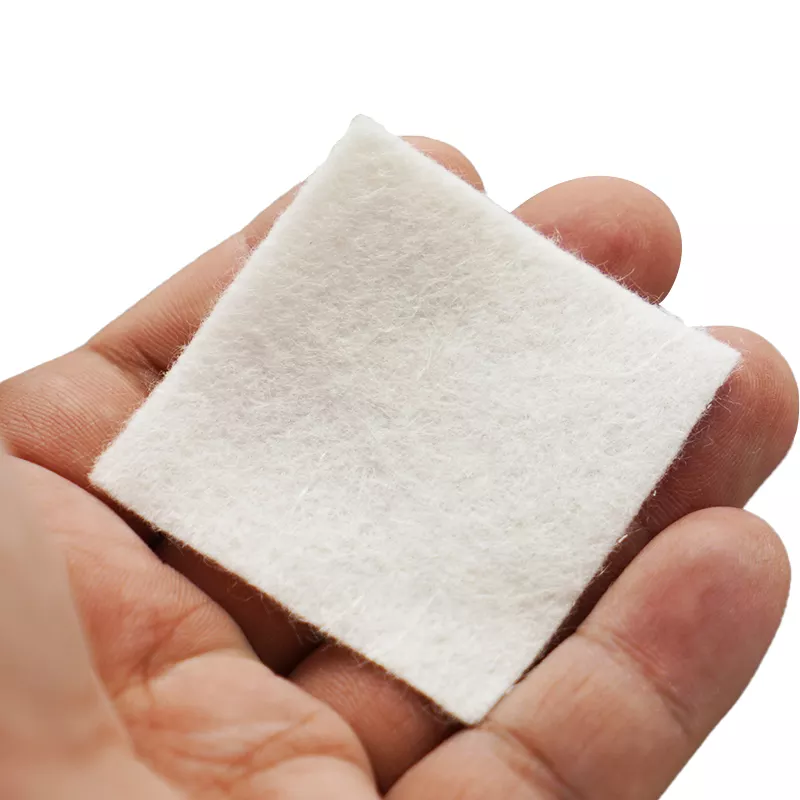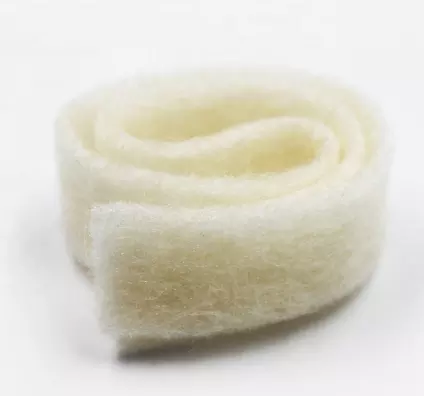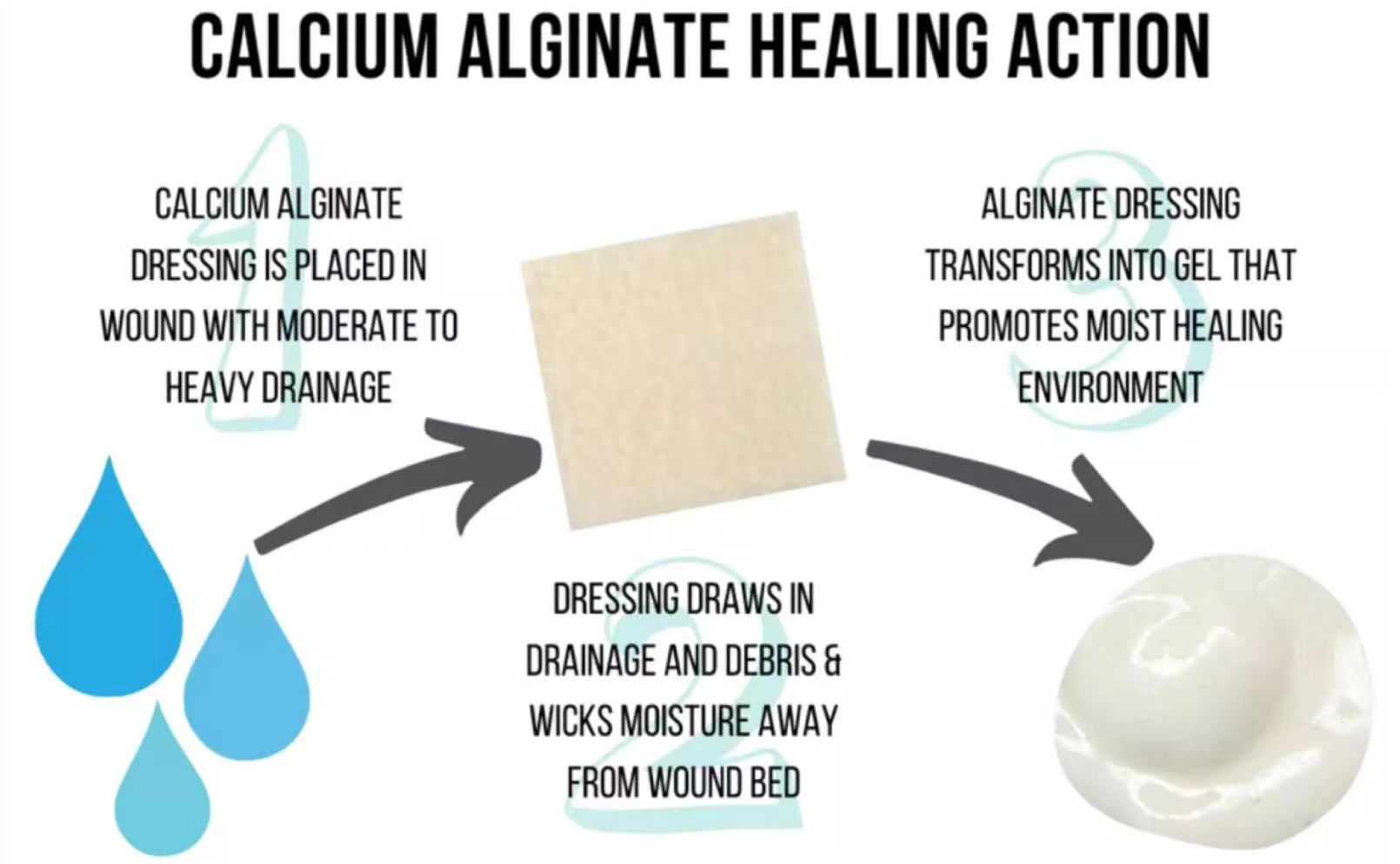Our Location
304 North Cardinal St.
Dorchester Center, MA 02124

Alginate fibre sheet is undoubtedly one of the most commonly used dressings in wound practice. We often use it to treat lower extremity ulcers, especially venous ulcers.
When we ask each wounder which dressing he or she likes best, his/her answer may not make him or her most commonly used dressing every day.

Why we choose Alginate Dressing?
The ingredient of alginate medical dressing is alginate, which is a natural polysaccharide carbohydrate extracted from seaweed, which is a kind of natural cellulose. Alginate medical film, a functional wound dressing with high absorption performance composed of alginate. After the medical film contacts the wound exudate, it can form a soft gel, which provides an ideal moist environment for wound healing, promotes wound healing, and relieves wound pain. Alginate dressings are widely used on exuding wounds because of their high absorbent capacity, which can absorb more than 20 times their weight in fluids.
Why does alginate dressing have the ability to absorb and stop bleeding?
In order to answer this question, we must use language purism. Although we often call these dressings Alginate, the correct name should be Calcium alginate. The calcium ion (Ca2+, adsorbed on polysaccharide) is the reason why the dressing has these two effects.
The high absorption capacity of alginate dressing is because the sodium ion (Na2+) in the leachate can be exchanged with the calcium ion in the dressing. As a result, the sodium alginate gel is formed. This gel can adapt to the surface of the wound, transmit growth factors and healing cells, while continuing to absorb exudation until saturation. The physicochemical properties of the formed gel depend on the ratio of G to M in its composition and the order of these carbohydrates in the polymer (continuous M and G chains, or alternating M and G) [2]. G-rich alginate dressing can form a more resistant gel.

In our clinical practice, we use flake alginate as one or second layer dressing. In severe exuded wounds, given that the absorption of alginate dressings is horizontal, we often use gauze to cover alginate dressings:
We will use 0.1% zinc sulfate solution to wet the wound and surrounding skin for 10 minutes.
We will stack several alginate tablets together to make the first layers not exceed the range of the wound bed.
Use barrier cream to protect the skin around the wound;
Increase the frequency of drug change
The calcium ions in the dressing are also responsible for their hemostatic properties, because they can be used as coagulation factors, mainly to promote platelet activation and aggregation.
When producing dressings, other ions, such as silver, can be added to calcium alginate fiber to obtain antibacterial ability.